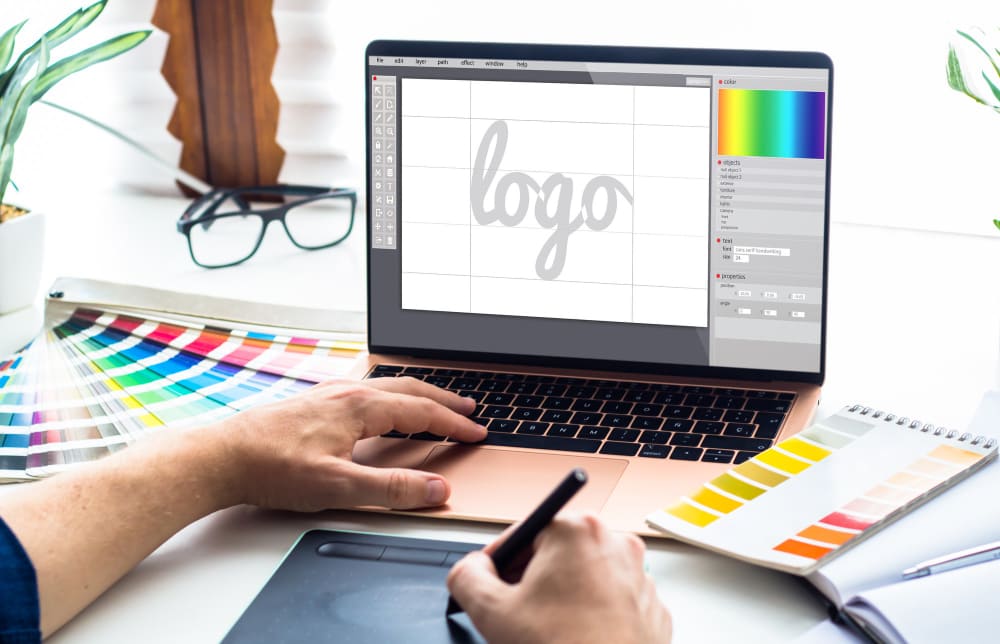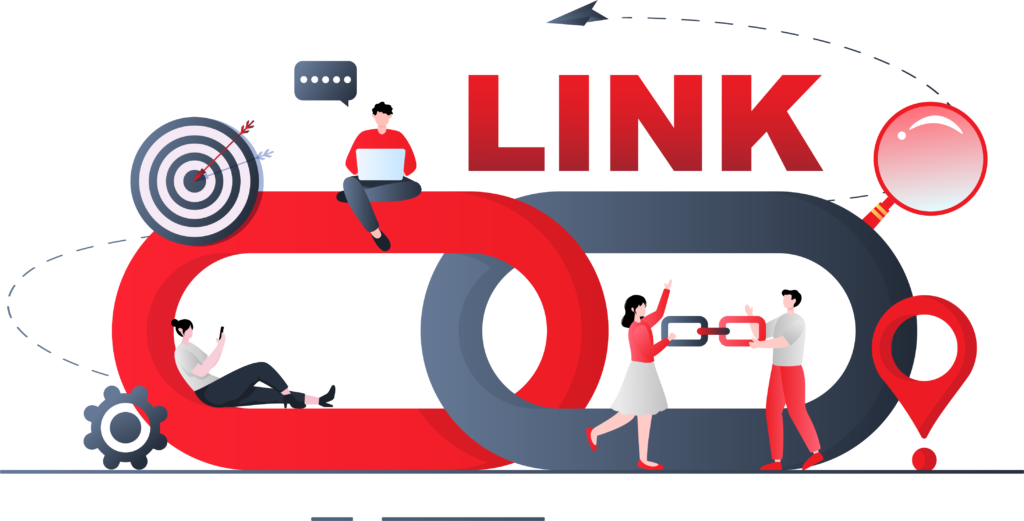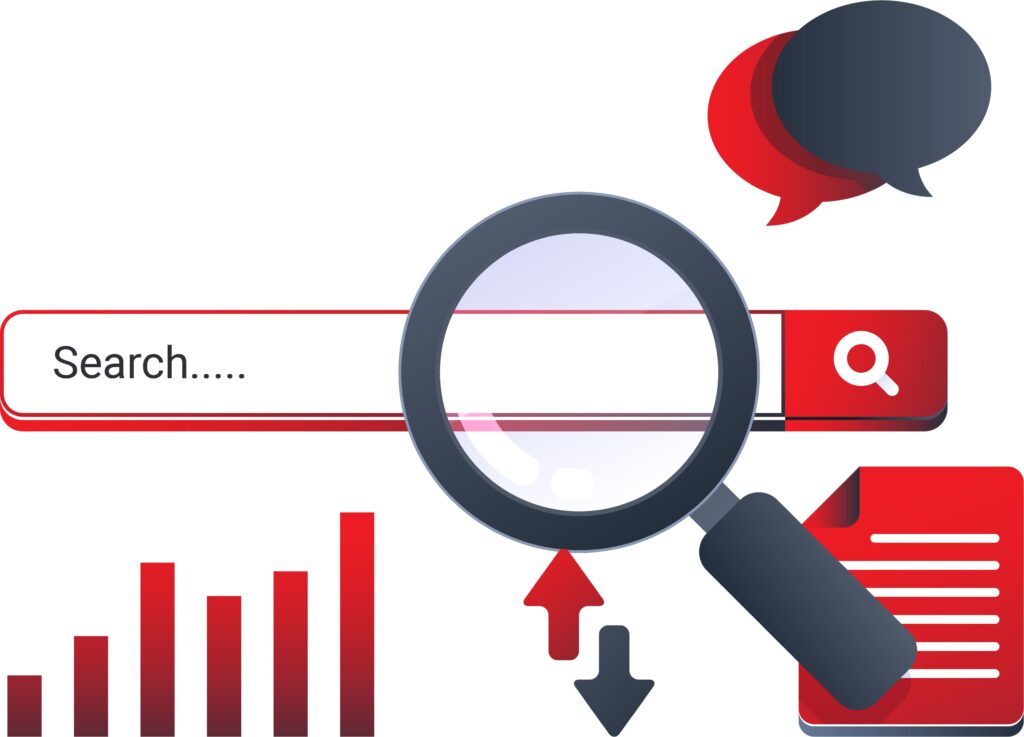A logo is a visual representation of a company, organization, or brand. It serves as the face of the brand and is often the first thing that comes to mind when people think about a company.
A well-designed logo is an essential component of any successful branding strategy. In this article, we will explore why a logo is important for your brand.
Importance Of Using The Logo
The logo is your identification. when you are starting to use the logo your audiences are going to identify your brand just by seeing your logo. This is not simple work. your logo should be creative. innovative and symbolic which are capable of making unique identification marks.1.
1. Identification
The most important function of a logo is identification. A well-designed logo helps customers identify and recognize a brand easily. When people see a familiar logo, they instantly recall the brand and its associated products or services.
This is why companies spend a significant amount of time and resources designing and creating their logos.
A logo is the visual representation of a company and is often the first thing people notice when they interact with a brand. A recognizable logo can be a powerful tool for creating brand awareness.
2. Branding

A logo is an important component of a company’s branding strategy. Branding is the process of creating a unique identity and image for a company or product. A logo helps to establish a brand’s identity and differentiate it from its competitors.
It is a symbol that represents the values, culture, and personality of a brand. A well-designed logo can help to create a strong brand identity and establish a brand’s reputation in the marketplace.
3. Memorability
A logo can be a powerful tool for creating brand memorability. A well-designed logo is easy to remember and recall. A logo can help customers to remember a brand’s name, its products or services, and its unique qualities.
This is why companies often invest significant resources in creating memorable logos. A memorable logo can help to create a strong brand recall and increase customer loyalty.
4. Professionalism
A well-designed logo can help to create a professional image for a brand. A logo can convey a sense of professionalism and expertise that can help to establish a brand’s credibility.
A professional logo can also help to build trust with customers and create a positive perception of a brand.
5. Differentiation
A logo can help to differentiate a brand from its competitors. In a crowded marketplace, a logo can be a powerful tool for standing out from the competition.
A unique and memorable logo can help to establish a brand’s identity and make it more recognizable to customers. A logo can also convey a brand’s unique selling proposition (USP) and highlight its unique qualities.
6. Consistency
A logo can help to create consistency across a brand’s marketing and communication channels.
A well-designed logo can be used across a variety of mediums, including websites, social media, business cards, and advertising. A consistent logo can help to create a cohesive brand identity and increase brand recognition.
7. Brand Loyalty
A logo can help to create brand loyalty. A well-designed logo can help to establish an emotional connection with customers and create a sense of loyalty to a brand.
Customers may feel a sense of attachment to a brand’s logo, which can help to increase customer retention and repeat business.
8. Flexibility
A logo can be a flexible tool for a brand’s marketing and communication efforts. A well-designed logo can be used across a variety of mediums, including print, digital, and social media.
A logo can also be adapted to fit different contexts and applications. For example, a logo may be simplified for use on social media or modified for use on a product label.
9. Brand Equity
A logo can help to increase a brand’s equity. Brand equity refers to the value that a brand has in the marketplace.
A well-designed logo can help to increase a brand’s equity by creating a strong brand identity, increasing brand recognition, and establishing a positive reputation in the marketplace.
10. Competitive Advantage
A logo can provide a competitive advantage for a brand. In a crowded marketplace, a unique and well-designed logo can help a brand stand out and differentiate itself from its competitors.
A logo that is memorable, professional, and consistent can help to create a strong brand identity and establish a positive reputation in the marketplace.
This can give a brand a competitive advantage over its competitors who may not have invested as much in their branding efforts.
11. Can Be A Brand’s Unique Selling Propositions
Additionally, a logo can communicate a brand’s unique selling proposition (USP) and highlight its unique qualities. For example, a logo for a sustainable fashion brand may incorporate eco-friendly colors and symbols to communicate its commitment to sustainability.
This can help the brand stand out in a marketplace where sustainability is becoming increasingly important to consumers.
Furthermore, a logo can help to create an emotional connection with customers and foster brand loyalty. Customers may feel a sense of attachment to a brand’s logo, which can translate into repeat business and positive word-of-mouth marketing.
Conclusion
A logo is a critical component of a brand’s identity and marketing strategy. A well-designed logo can provide numerous benefits, including identification, branding, memorability, professionalism, differentiation, consistency, brand loyalty, flexibility, brand equity, and competitive advantage.
Investing in a strong logo can help a brand establish a strong presence in the marketplace and stand out from its competitors.




